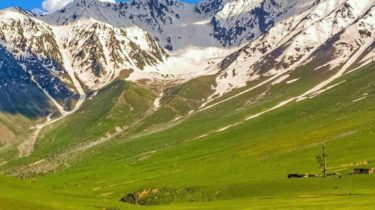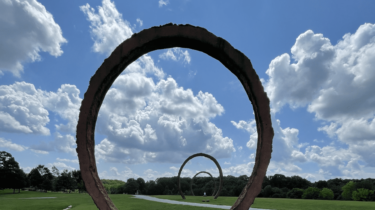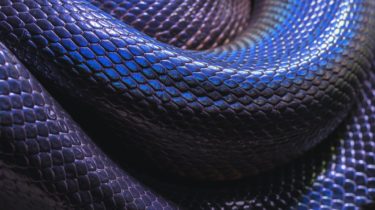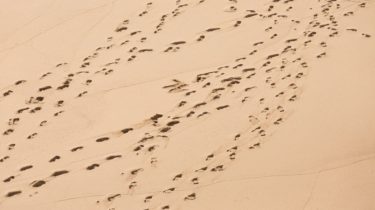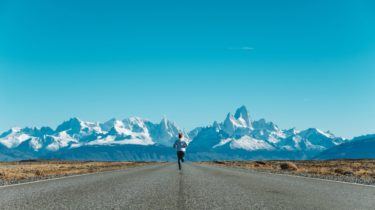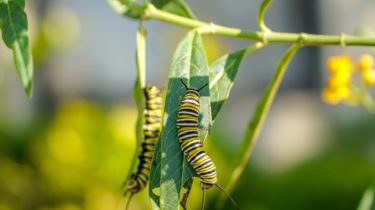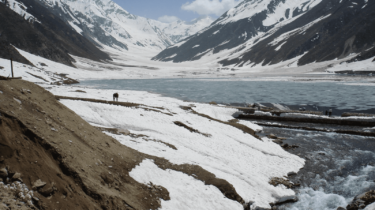Application of differentiations in neural networks
Differential calculus is an important tool in machine learning algorithms. Neural networks in particular, the gradient descent algorithm depends on the gradient, which is a quantity computed by differentiation. In this tutorial, we will see how the back-propagation technique is used in finding the gradients in neural networks. After completing this tutorial, you will know What is a total differential and total derivative How to compute the total derivatives in neural networks How back-propagation helped in computing the total derivatives […]
Read more
